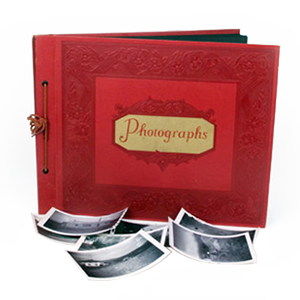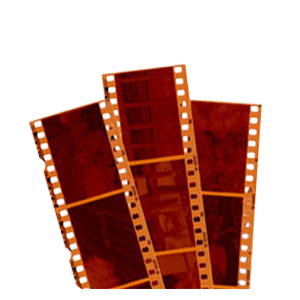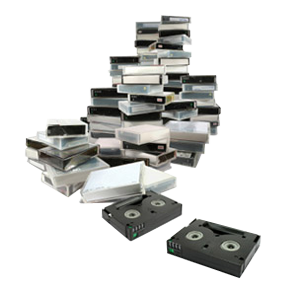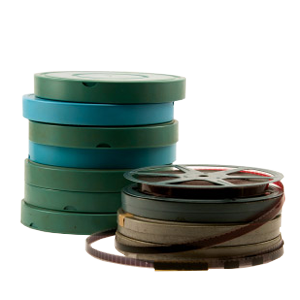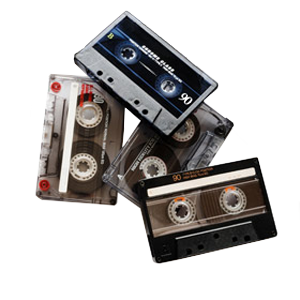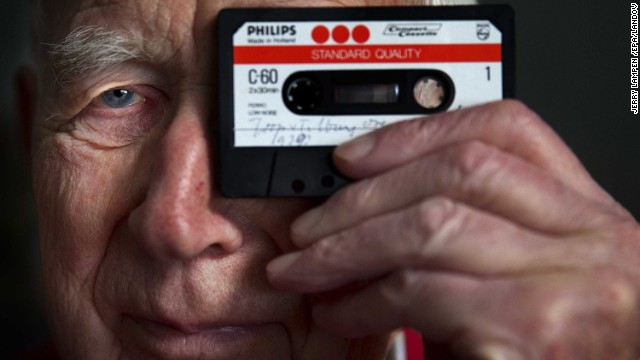
This month, the audio cassette turns 50 years old. Despite being obsolete for nearly two decades, the audio cassette format lives on. Believe it or not, but the audio cassette is actually the common format for a lot of the Middle Eastern, Indian and Asian street or folk music because cassettes are so cheap to reproduce. All over the world, many people still own audio cassettes, even important ones with recordings of past voices from loved ones who are no longer with us. Over time, many people are investing time and money into preserving these recordings by converting and transferring their audio cassettes to CD, MP3, or other digital format.
Cassettes were originally invented for dictation, not high-fidelity music. And even with improvements over the years — better magnetic oxides, Dolby noise reduction, high-quality tape players — the medium was plagued by audio inconsistences, drop-outs and, for careless users, the dreaded tape snarl. (Get out your pencil and start spinning the spool — it’s going to be a long afternoon.) If you need help with a broken audio cassette or tape, check out our guide on how to repair an audio cassette.
Companies who invested in cassette technology continue to be useful today. It’s not just audio, either! One Philips technology, Magnotech, involves a medical diagnostic device that takes a small blood sample and, through magnetic nanoparticles, can determine markers, which is pretty fascinating stuff.


